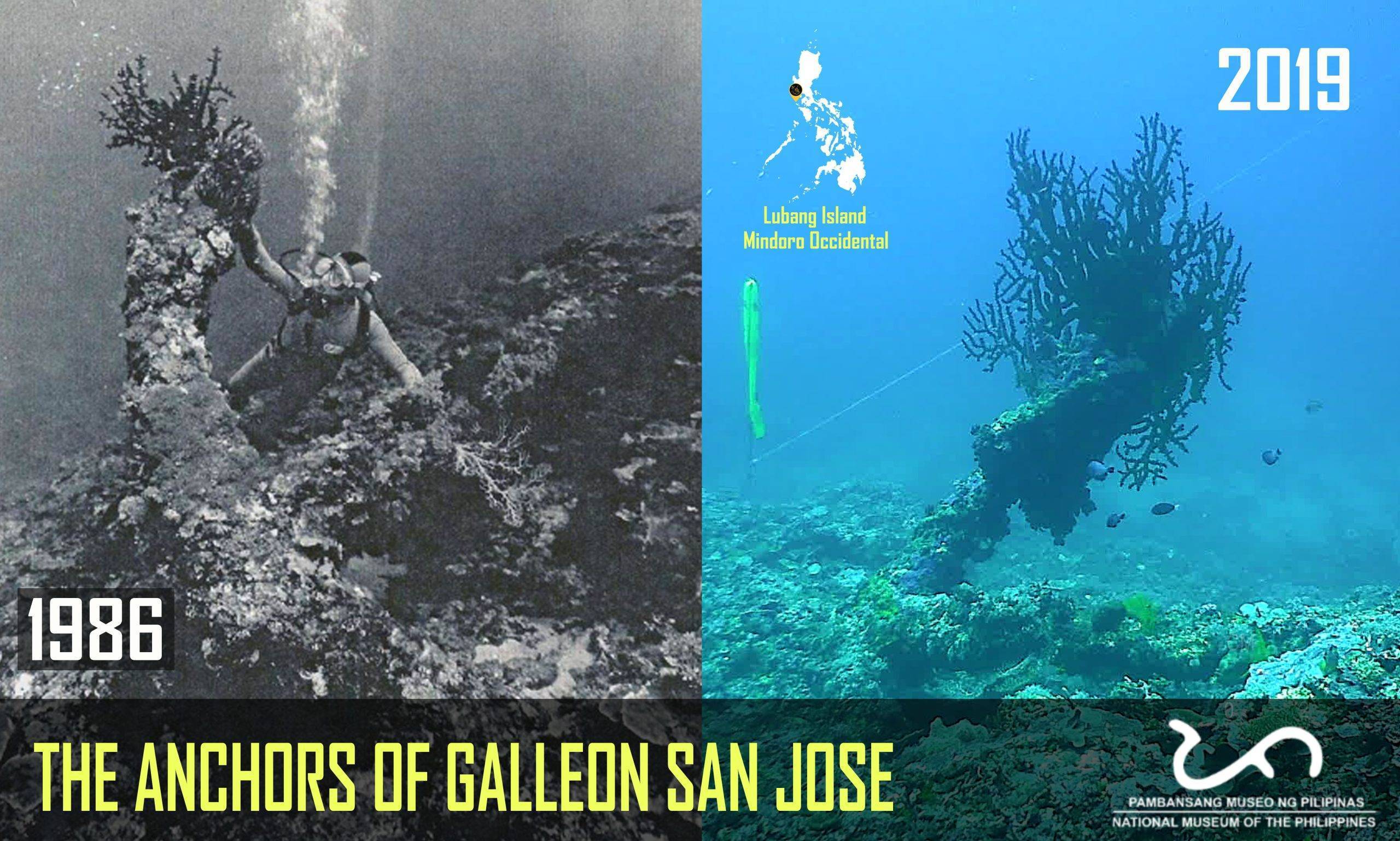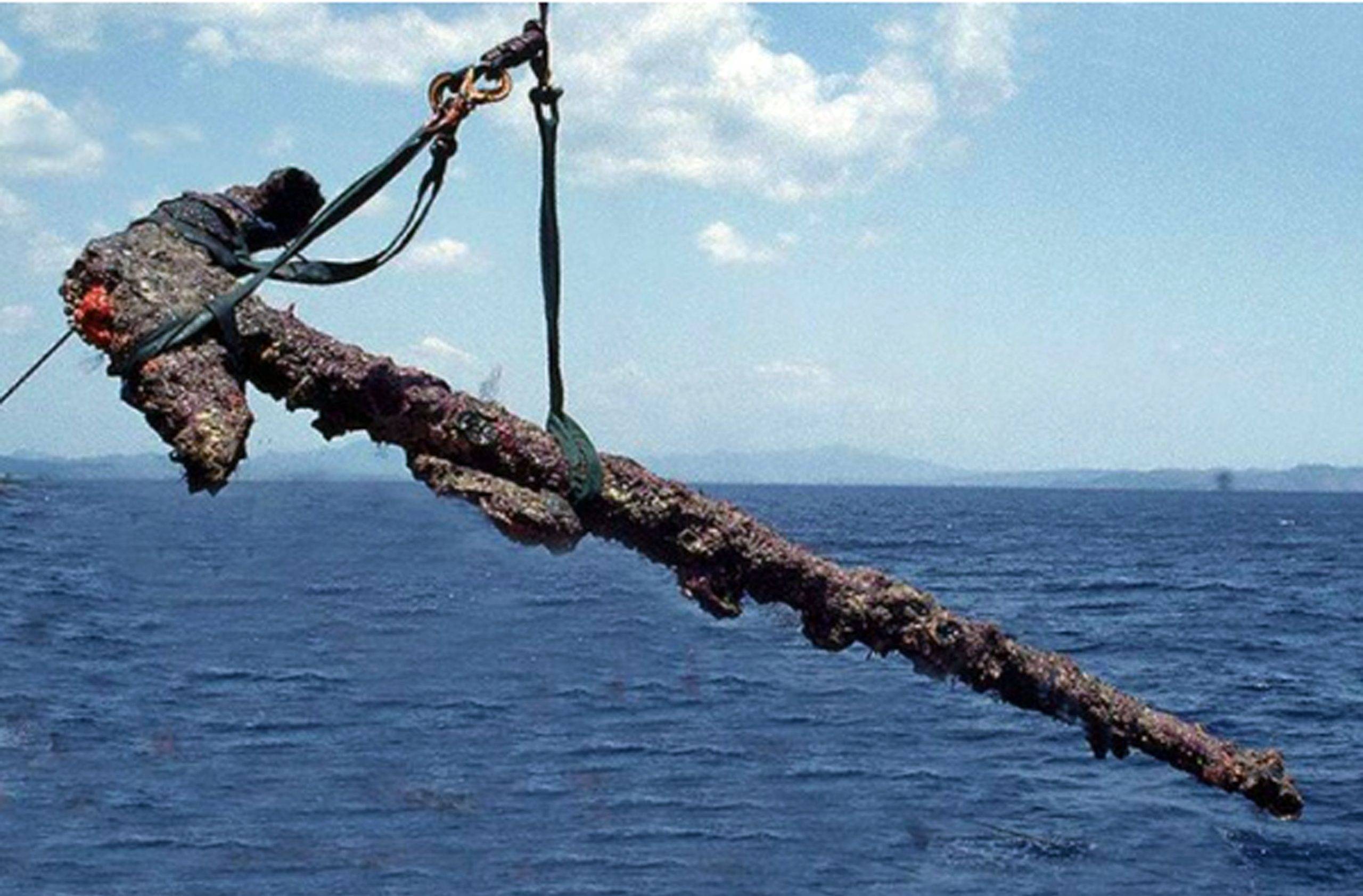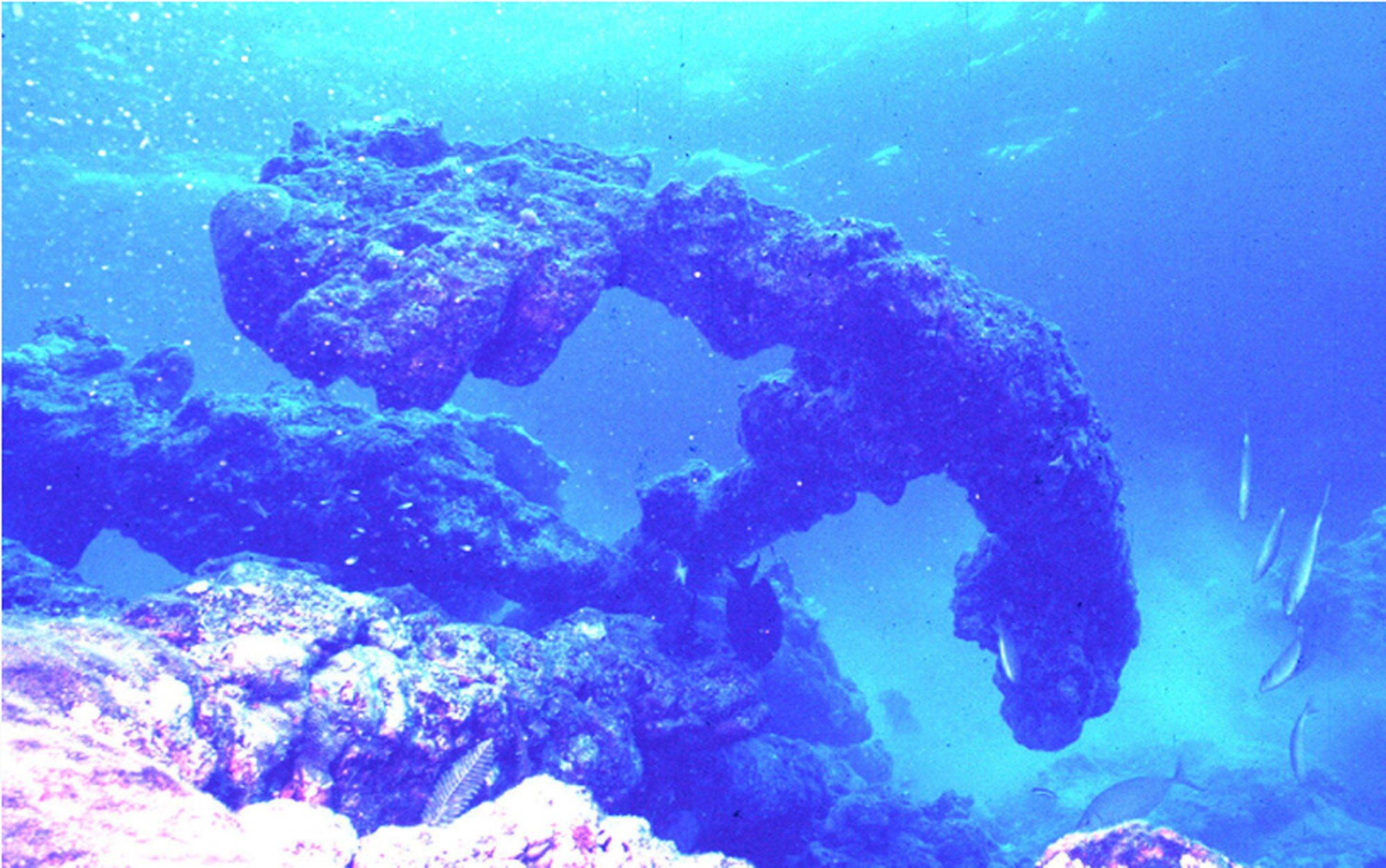Philippine National Flower- Sampaguita
Did you put a Sampaguita garland in the tombs of your departed loved ones last All Soul’s Day? For today’s #WildlifeWednesday, let’s learn more about Sampaguita, our national flower.
Jasminum sambac commonly known as Sampaguita was declared as the national flower by Governor-General Frank Murphy in 1934. Its white flower is believed to symbolize purity, fidelity, and hope.
Even though it is considered the national flower of the Philippines, did you know that Sampaguita is not native to the Philippines and is still not considered a naturalized species? It has a pantropical distribution and is commonly cultivated in the country for ornamental purposes. The sweet-smelling flowers are often made into garlands and perfumery. There are more than 10 species of Jasminum in the Philippines and 8 species are considered endemic and are not found elsewhere in the world.
In the Philippines, it is unusual for someone to give Sampaguita to another person as a gift or as a sign of adoration because it has a lasting impression of being solely offered to saints. It is also seen as a usual ornament in public vehicles but this impression was altered when the Sampaguita flower was made into an astonishing national costume of the recently crowned Miss Globe 2021. This was not the first time for a beauty contest winner to wear a Sampaguita-inspired dress as Ms. Catriona Gray also wore a modern Sampaguita-inspired terno during her homecoming in 2019.
If you want to learn more about our national symbols, click here https://bit.ly/3CZzJJE
Text by the NMP Botany and National Herbarium Division
Photo from www.phytoimages.siu.edu/ (D.L. Nickrent)
© National Museum of the Philippines (2021)












